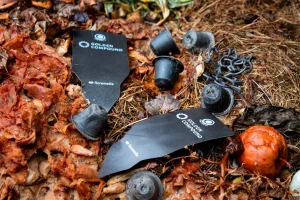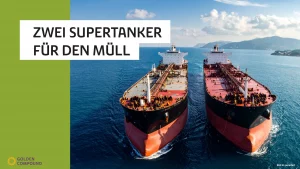There's often a lot of confusion in the world of plastics. What do terms like biobased, biodegradable and compostable actually mean? And what advantages do bioplastics have over their fossil-based counterparts? Let's take a closer look at the fascinating world of bioplastics and unravel the plastic matrix!
The plastic matrix: Classification according to origin and degradability
To get to grips with the unique properties of bioplastics, it's helpful to take a look at the plastic matrix. This categorises plastics into four groups based on their origin and how easily they break down:
Fossil & non-degradable: The classic category includes polyethylene (PE), polypropylene (PP) and polyvinyl chloride (PVC). These plastics are made from crude oil and are hard to break down in the environment.
Fossil based & degradable: Although they originate from fossil raw materials, they are biodegradable under certain conditions. PBAT, for example, falls into this category.
Bio-based & non-degradable: We also find plastics like bio-PE and bio-PET here, made from renewable materials like sugar cane or corn starch. But they end up in the same place as their fossil counterparts, and they don't break down in the environment.
Bio-based & biodegradable: We've got the category of hopefuls! These include plastics such as PHA or bio-PBS. They combine the best of both worlds: they're made from renewable raw materials and are also biodegradable.

Challenges
- Limited availability:
The amount of biomass available for the production of bioplastics is limited. The key here is land use. The aim should be to produce bioplastics from by-products instead of cultivating large sugar cane plantations for production, for example. Otherwise, we'll lose a lot of space for our food. - High production costs:
Right now, bioplastics cost more than their traditional counterparts. The reason is that they're not yet produced in large quantities like traditional plastics. For example, Bio-PBS were produced in the same format as PP, the price difference would hardly be noticeable. - Partially insufficient degradability:
Some bioplastics don't break down in real life, like PLA. PLA can only break down in an industrial composting facility at temperatures of 50-60°C. In the wild, it would take decades. In this case, a recycling system would be a better idea.
A step in the right direction
Bioplastics aren't a magic bullet, but they're a big step in the right direction when it comes to using plastics more sustainably. There's a lot of research and development going on in this area, and bioplastics are expected to play an even bigger role in the future.



